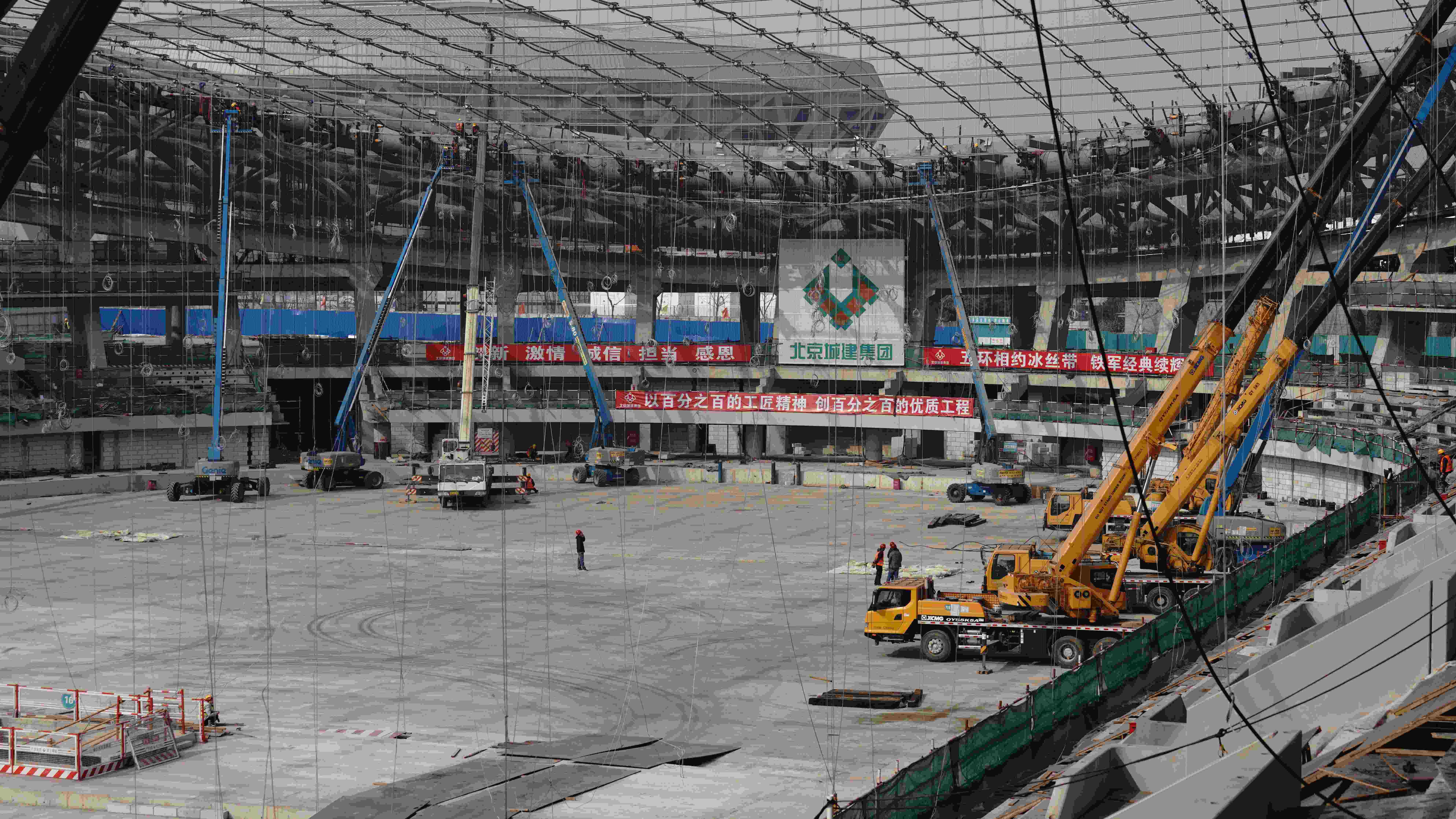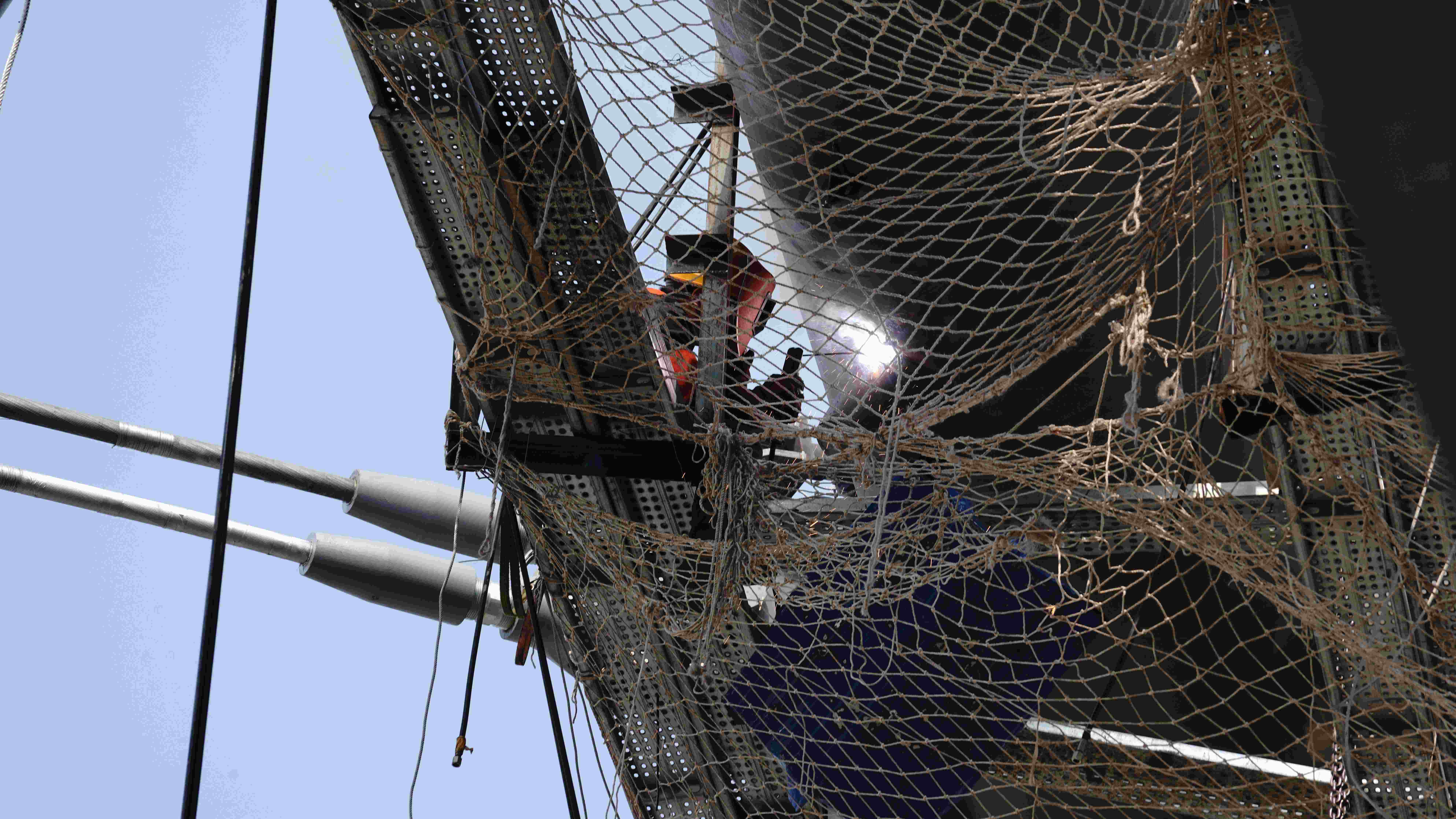
Olympics
22:19, 04-Mar-2019
Beijing on track for 2022 Winter Olympics
Updated
22:29, 04-Mar-2019
Uche Okoronkwo
03:23

The world's eyebrows were somewhat raised when Beijing won the bid to host the 2022 Winter Olympics in 2015. Though China is known for its remarkable ability to conceive and construct amazing mega structures, the city is not exactly known for its white winters. Indeed, while Beijing is frigid during winter, it averages just seven days of precipitation.
The city further surprised the world when it announced a budget of just 3.9 billion U.S. dollars. To put it in context, Pyeongchang's final price tag at the 2018 Winter Games was a whopping 14 billion U.S. dollars.
But Beijing did have a slight head start. Fourteen years ago, the city hosted the 2008 Summer Games, which makes it the first city ever to host both the Summer and Winter Olympics. Using snow cannons to create a wintry landscape, Beijing is taking on the challenge of executing the Winter Games by reusing several of the venues from the 2008 Summer Olympic Games, such as the iconic Bird's Nest Stadium, the Water Cube and much of the existing Olympic Park and Olympic Village. But the city is also investing in new and exciting structures to complement its six existing venues.

Venues for the 2022 Winter Olympics under construction. /CGTN Photo
Venues for the 2022 Winter Olympics under construction. /CGTN Photo
A remarkable structure already, the Ice Ribbon is slated to be completed by the end of 2019. On first view, one can already see the innovation in its design. Site managers say it is the first to have the longest cable spanning across the entire structure. The oval building, which will host all the speed skating events, is already creating a buzz in the world of winter sports. Its size and innovative design presents future opportunities for winter sport enthusiasts who are not spoiled for choice when it comes to world class competition venues.
The Ice Ribbon features 22 separate light arcs, or ribbons, around its exterior to symbolize the speed of the sport. It will cover 97,000 square meters, and hold a capacity of about 12,000 people. Though the project is overseen by Beijing's local government, it is the product of public-private financing, one of the innovative methods the city is using to manage its budget.
The Ice Ribbon is one of three main structures where key sporting events will be held in Beijing. To supplement the city's venues, Beijing plans to co-host the games with neighboring Zhangjiakou, where skiing and snowboarding will take place.
With structures like the Ice Ribbon, even the Olympic committee is optimistic about Beijing's ability to take on the upcoming 2022 Winter Games. But perhaps one of China's undeniable selling points is the prospect of having 300 million more participants in winter sports from China. Just a fraction of that could revolutionize the relatively small global winter sports industry.

SITEMAP
Copyright © 2018 CGTN. Beijing ICP prepared NO.16065310-3
Copyright © 2018 CGTN. Beijing ICP prepared NO.16065310-3